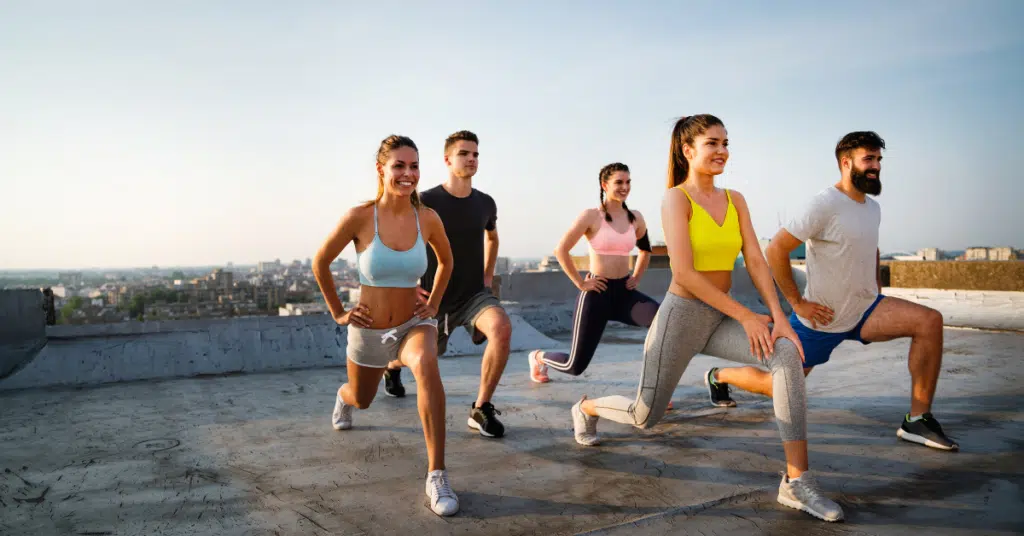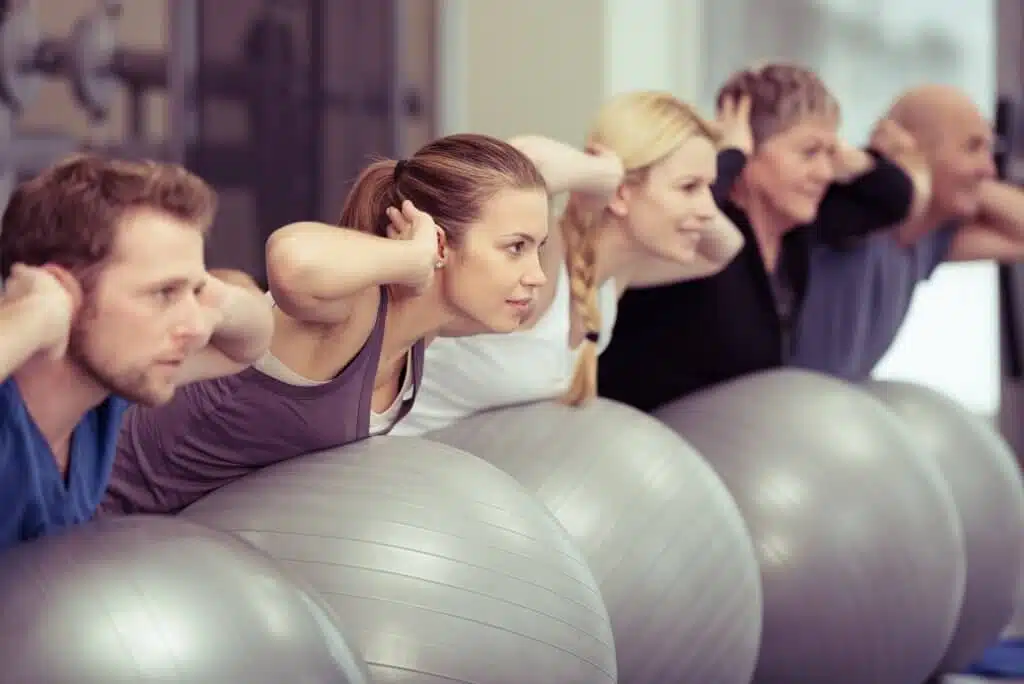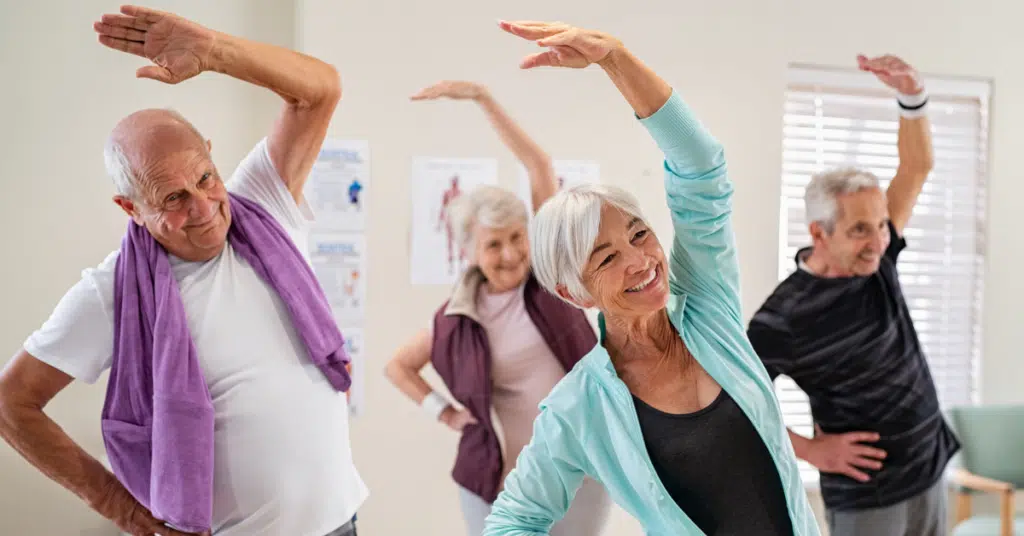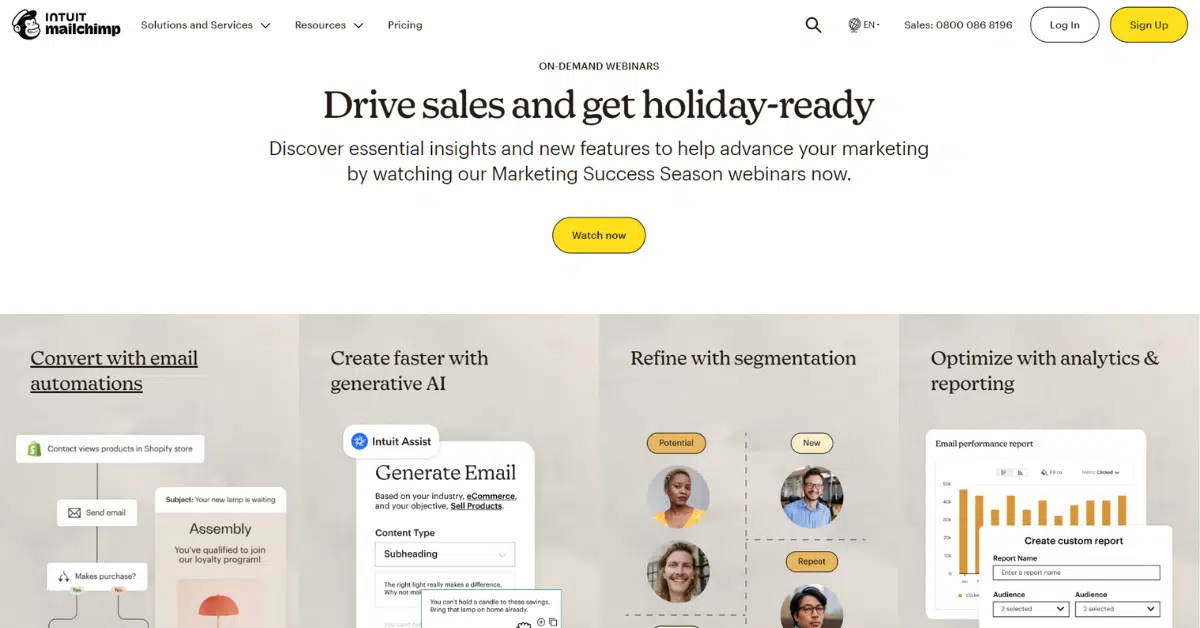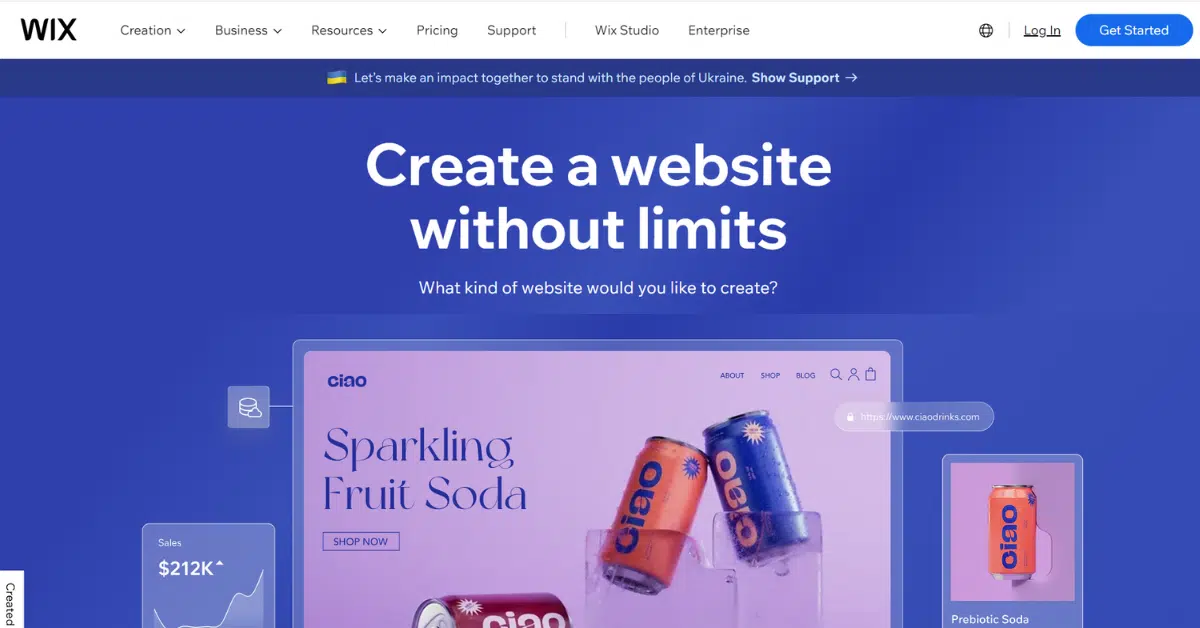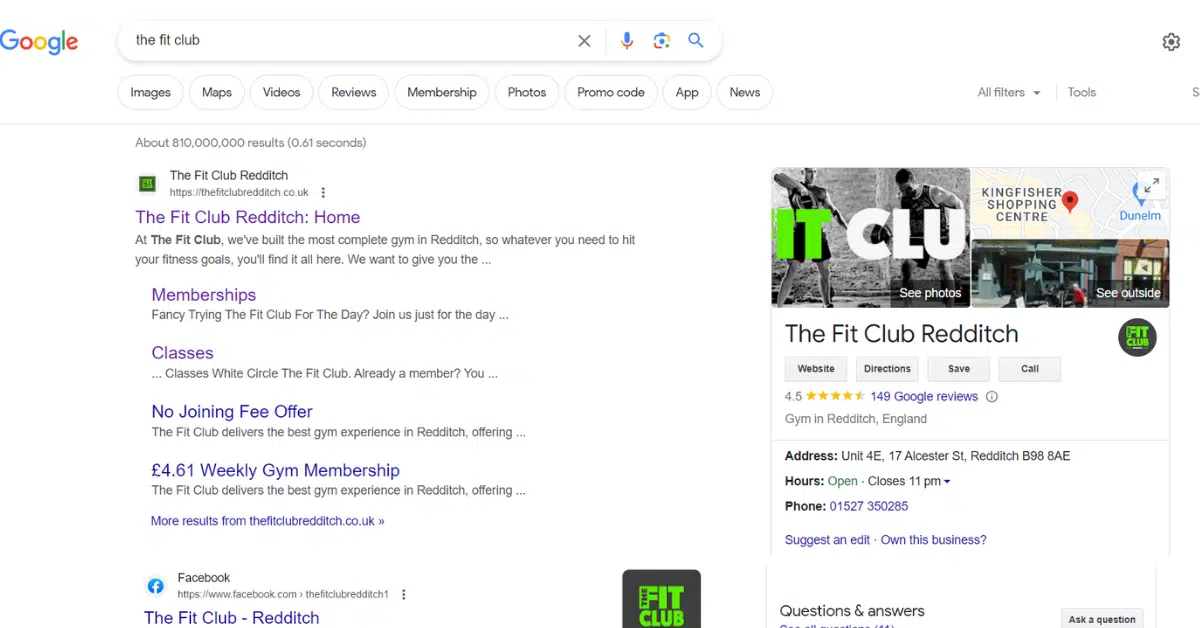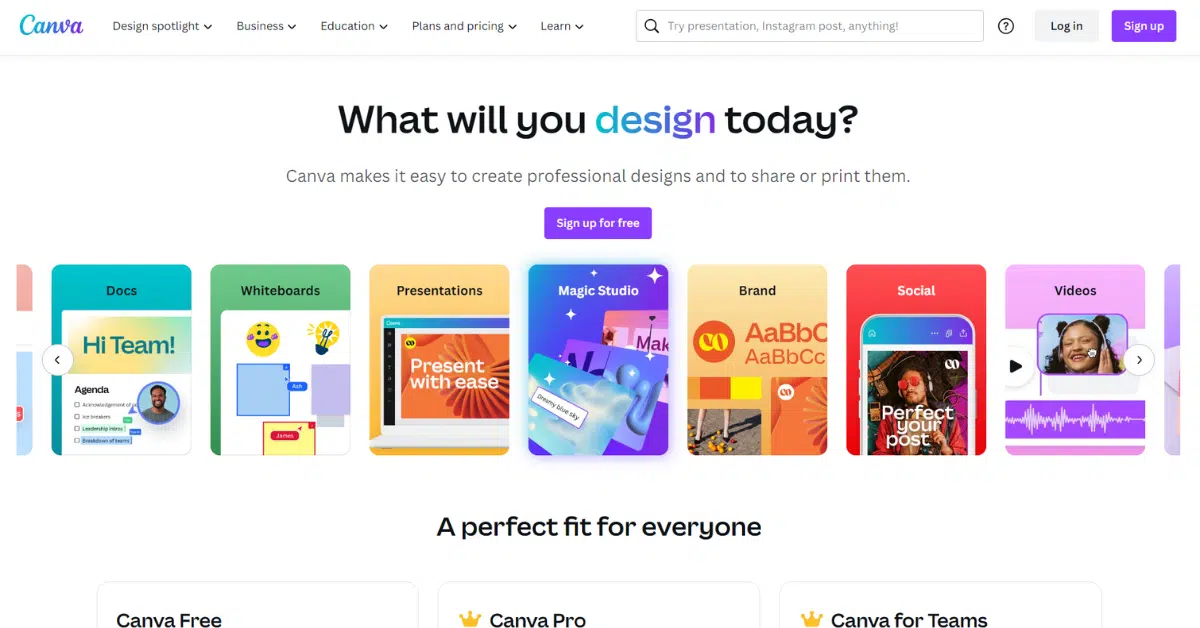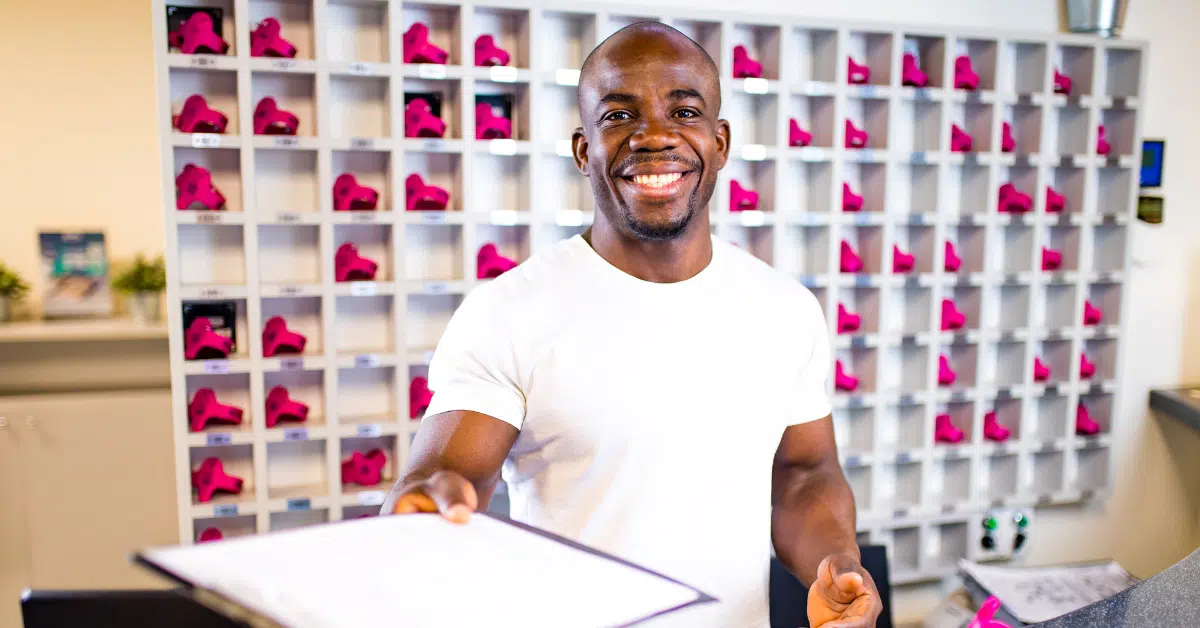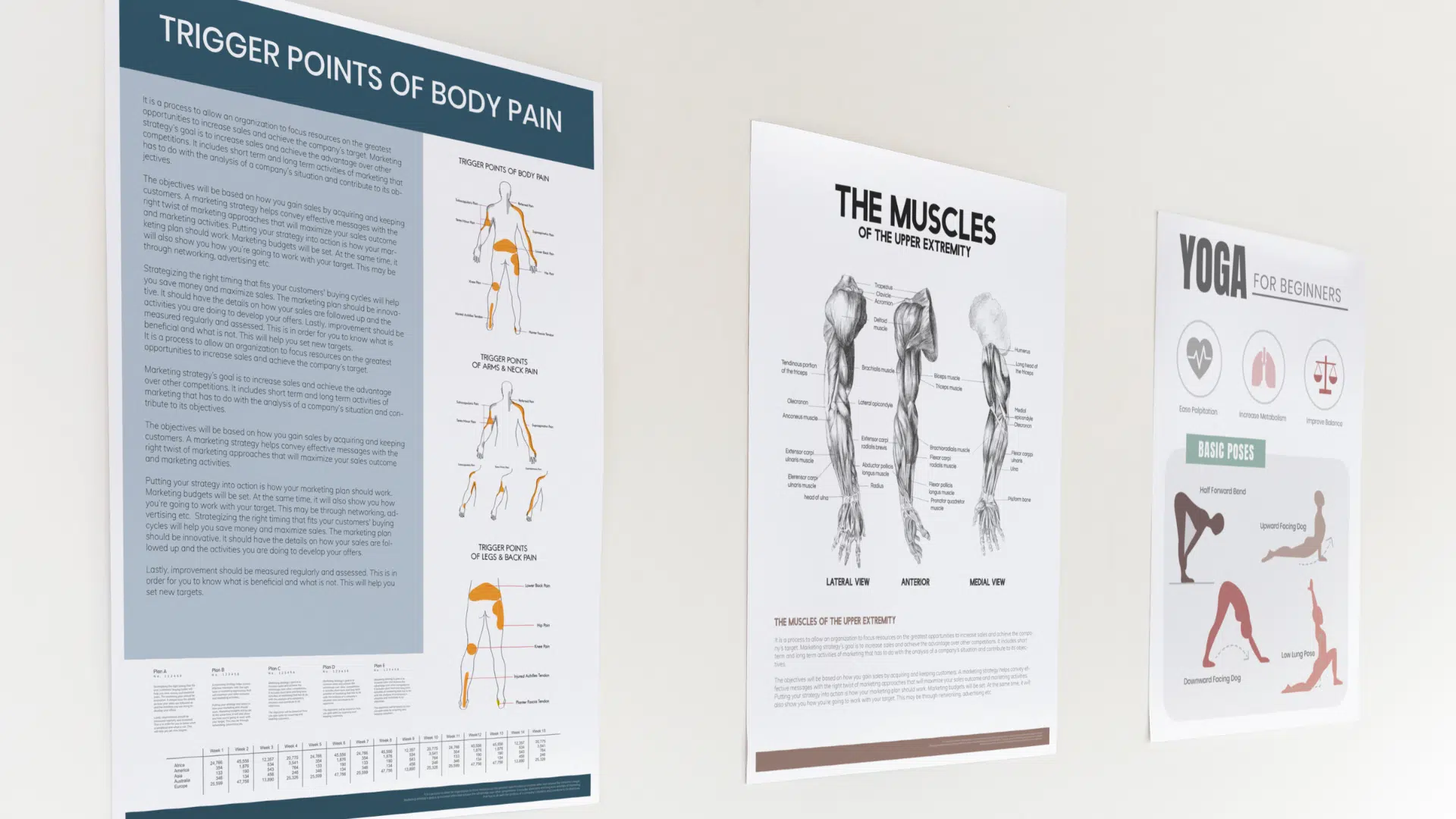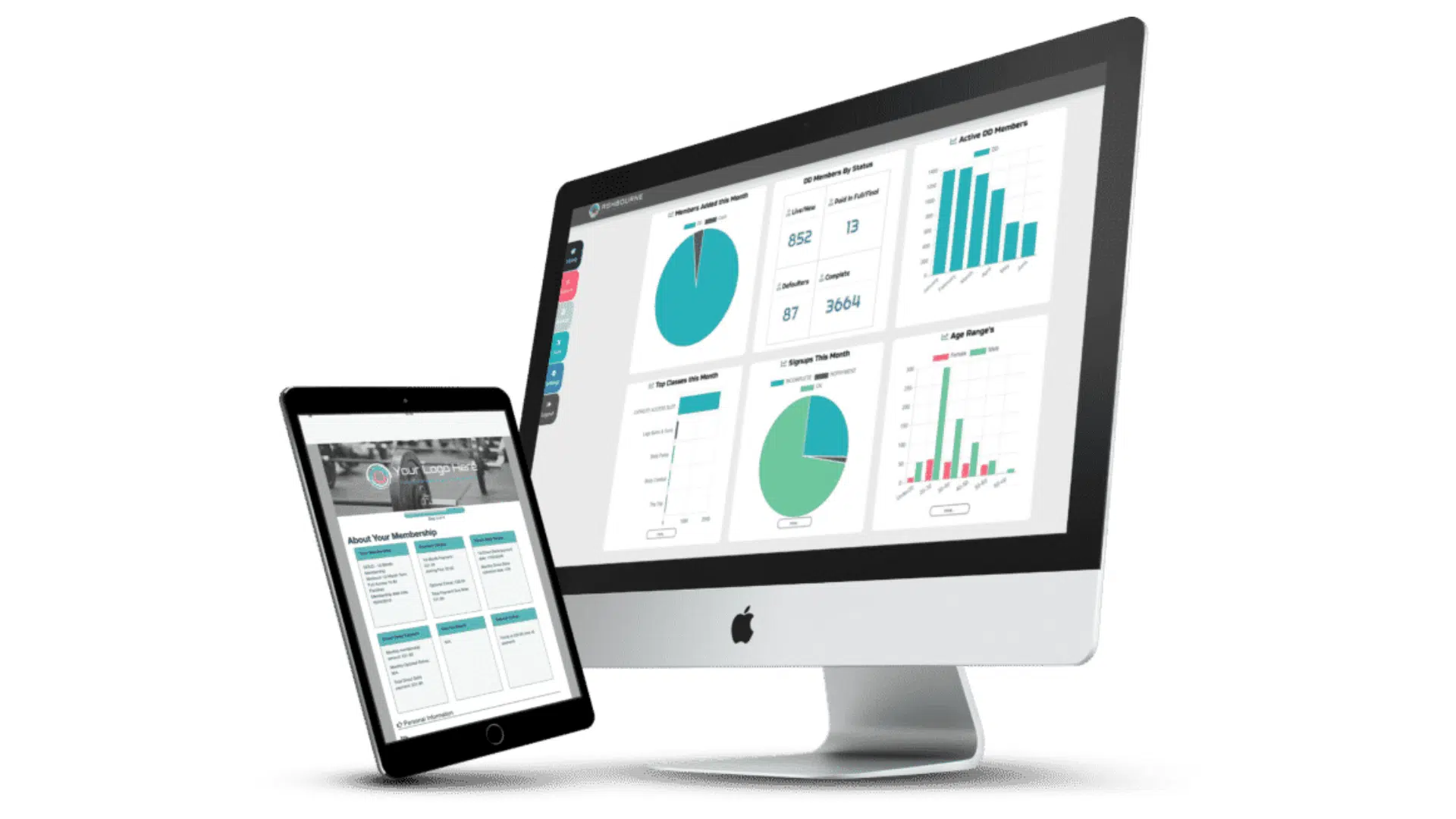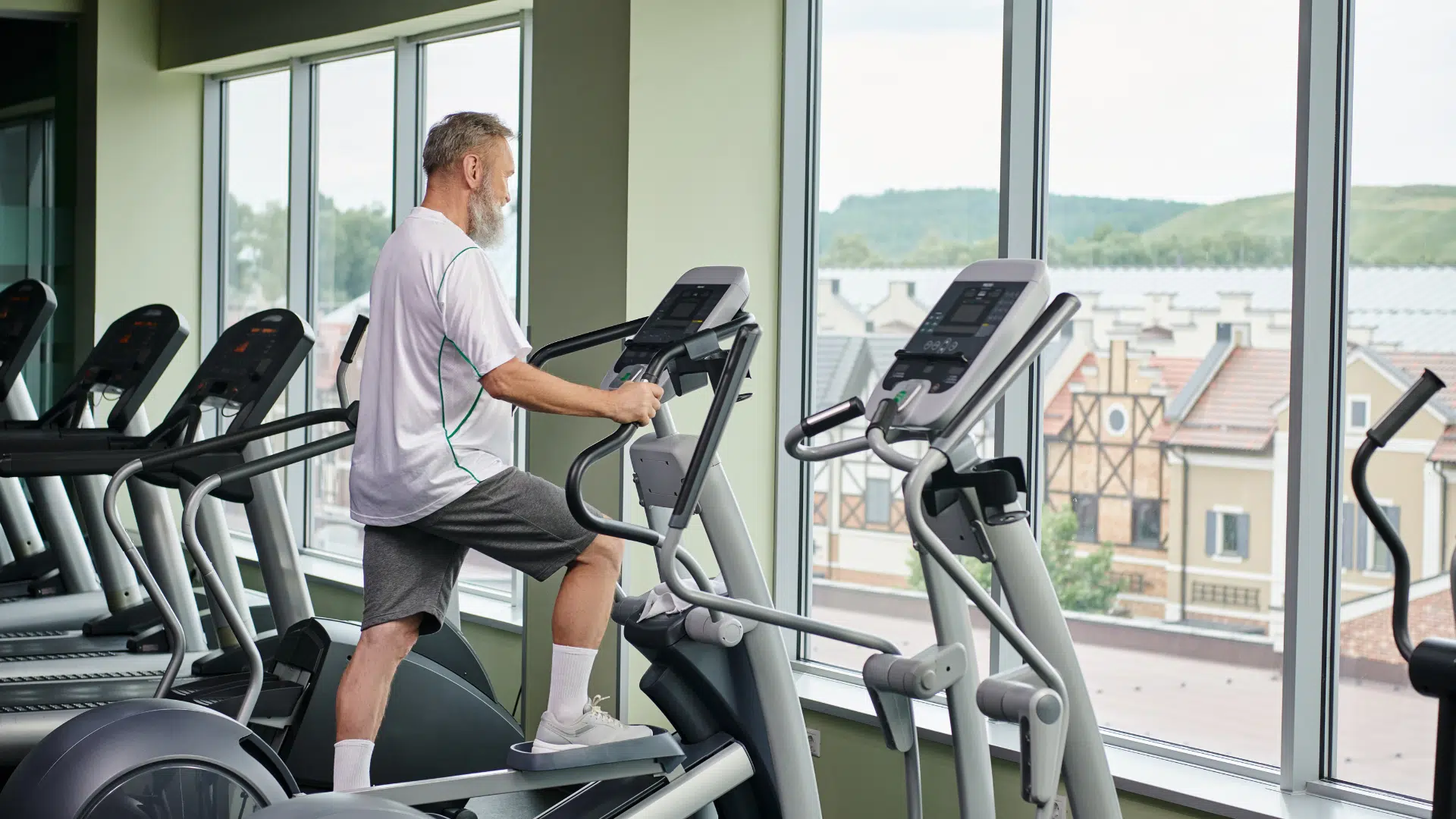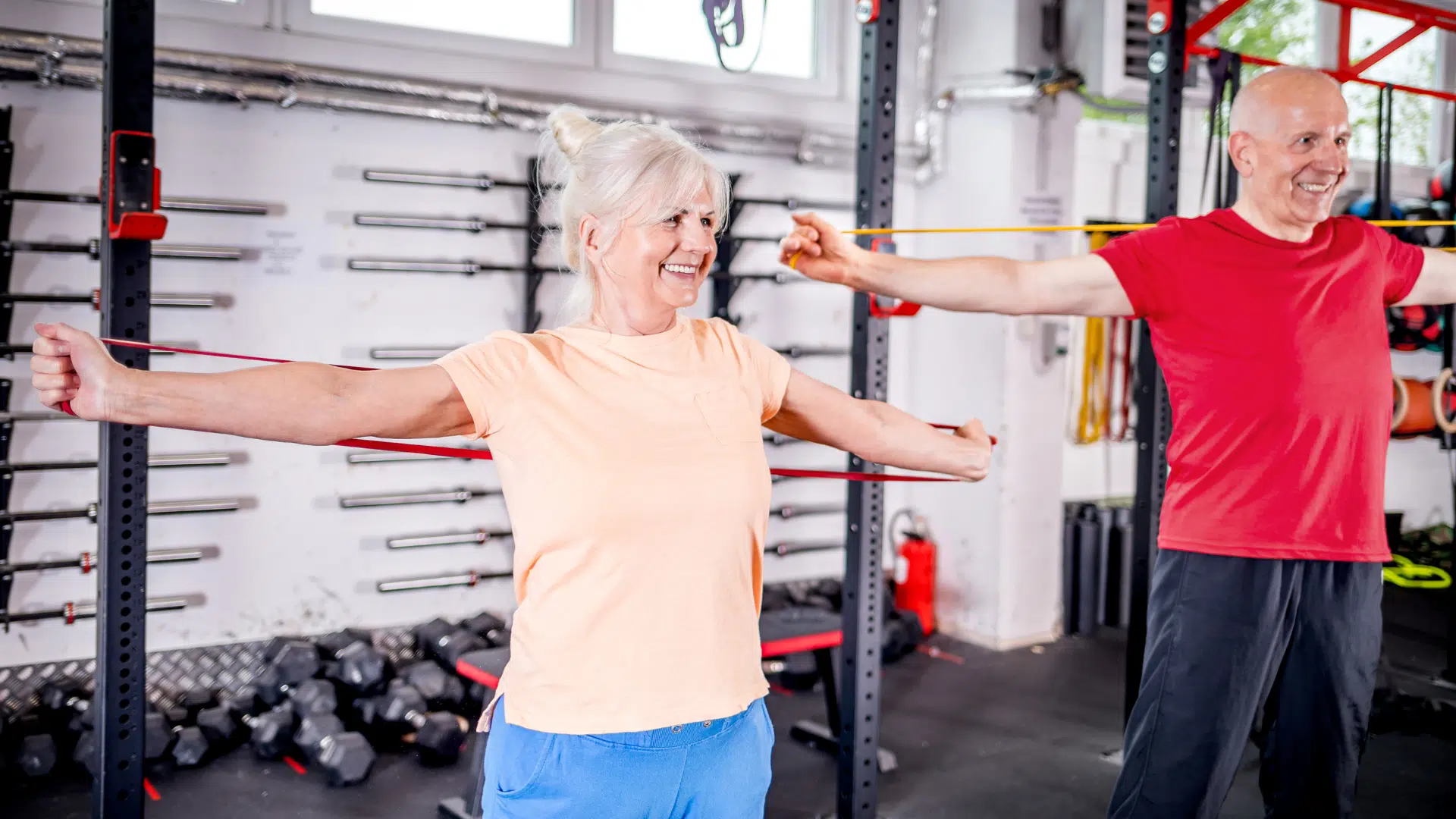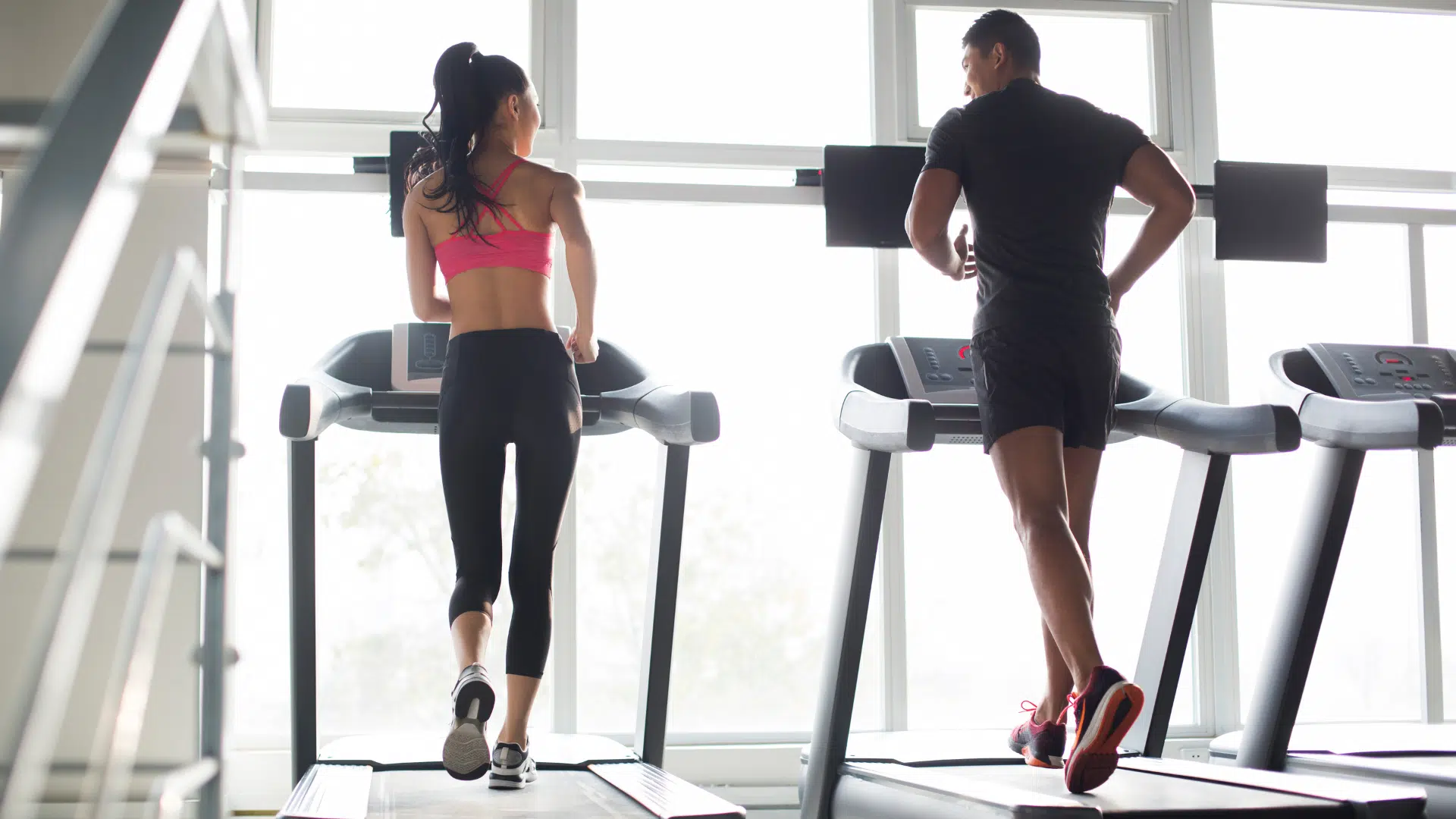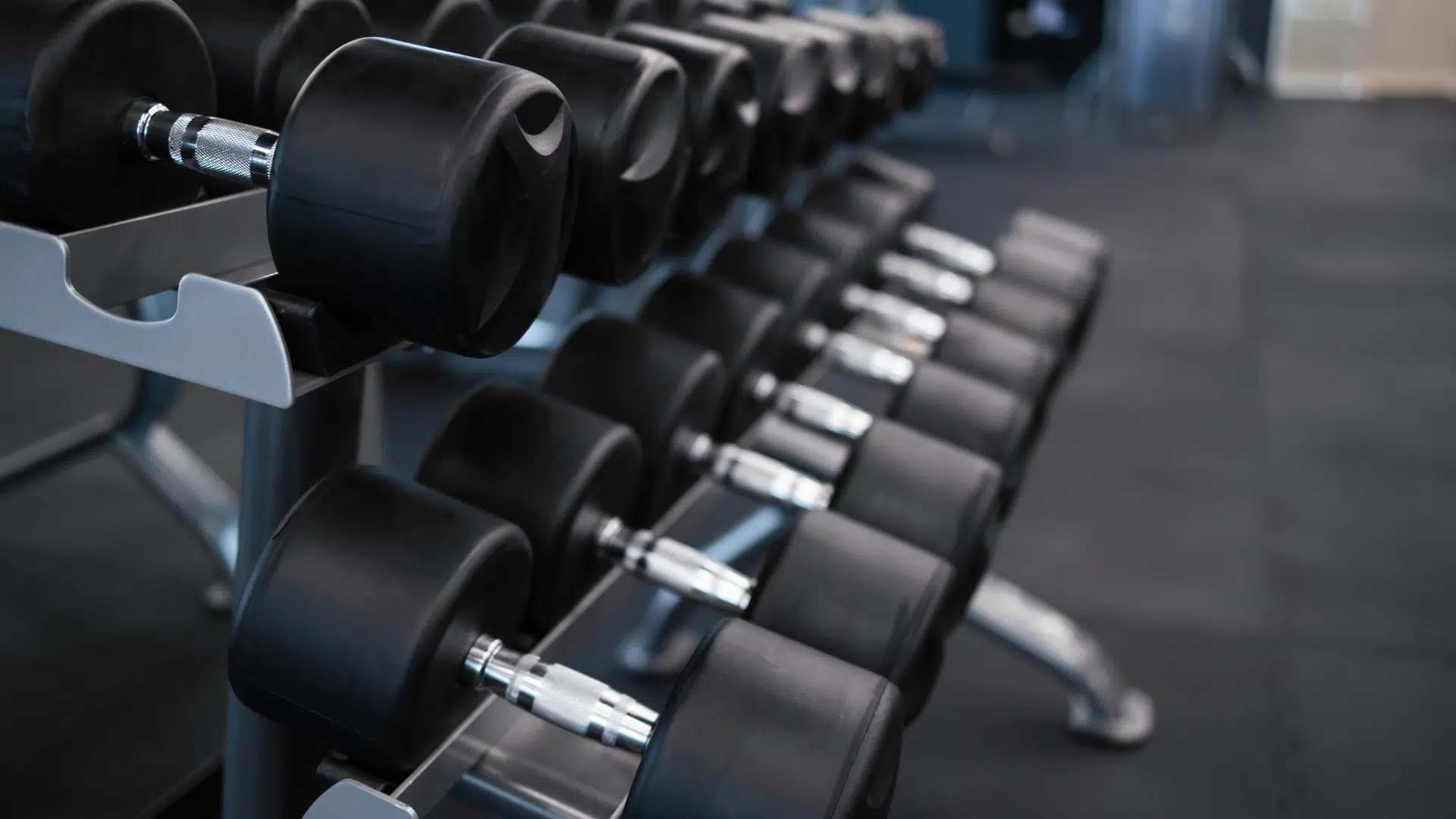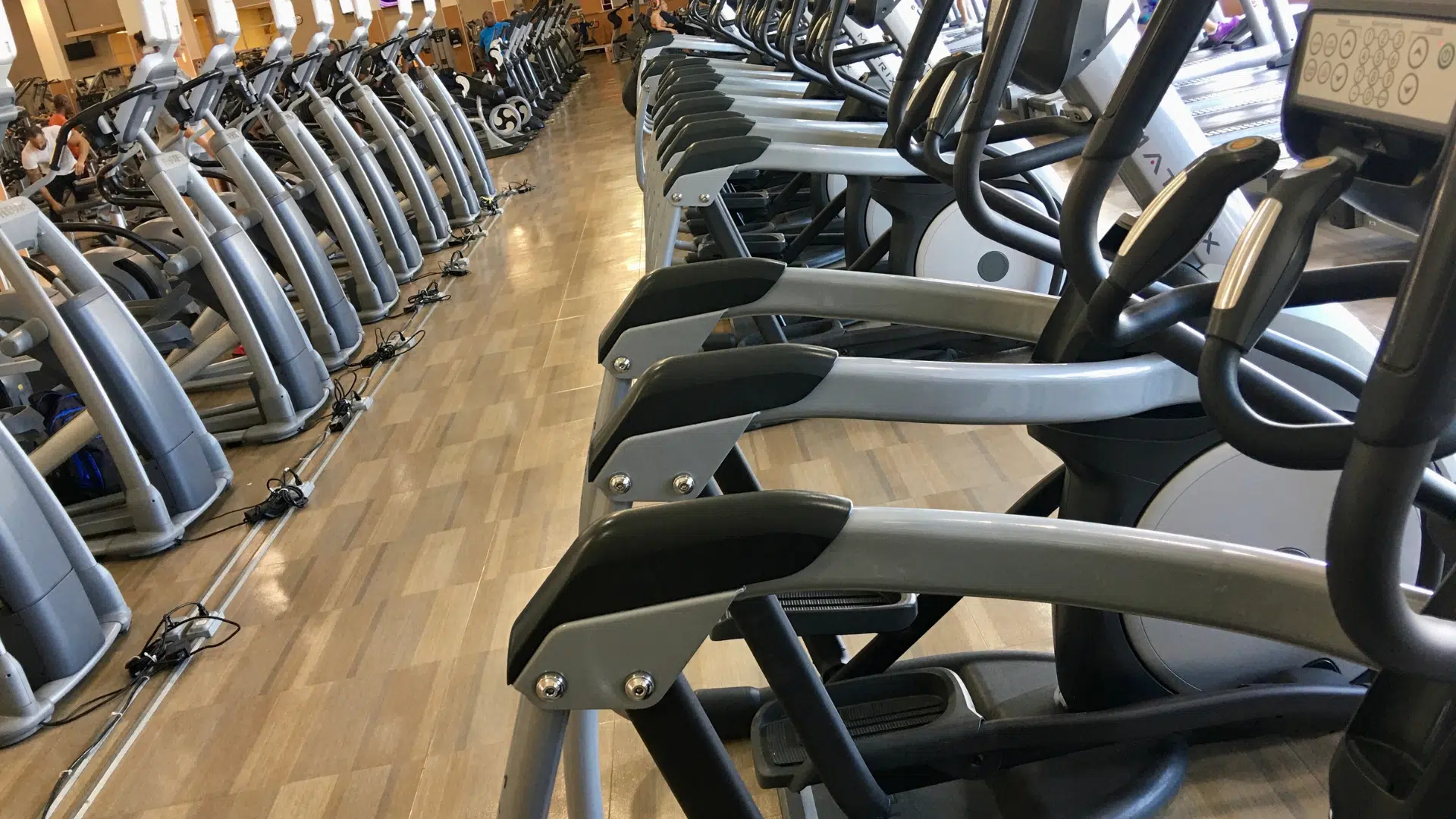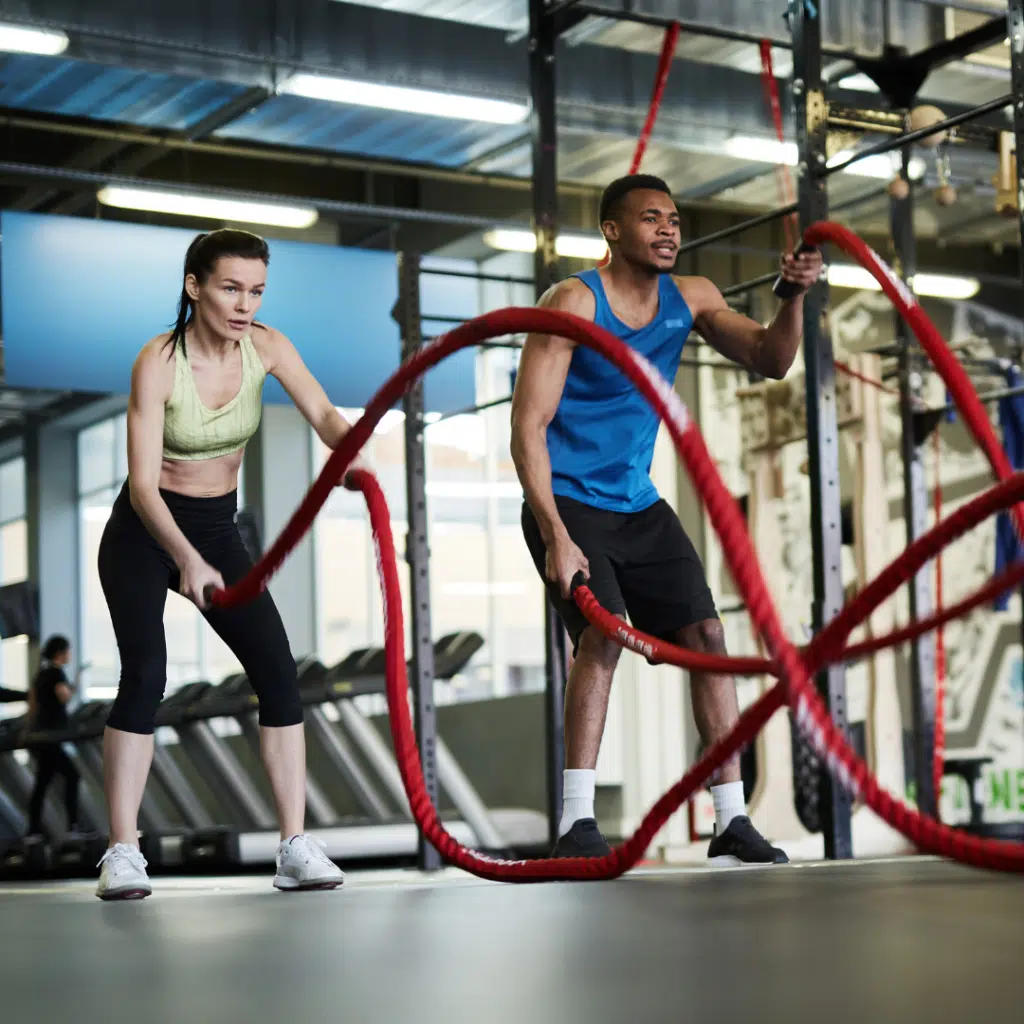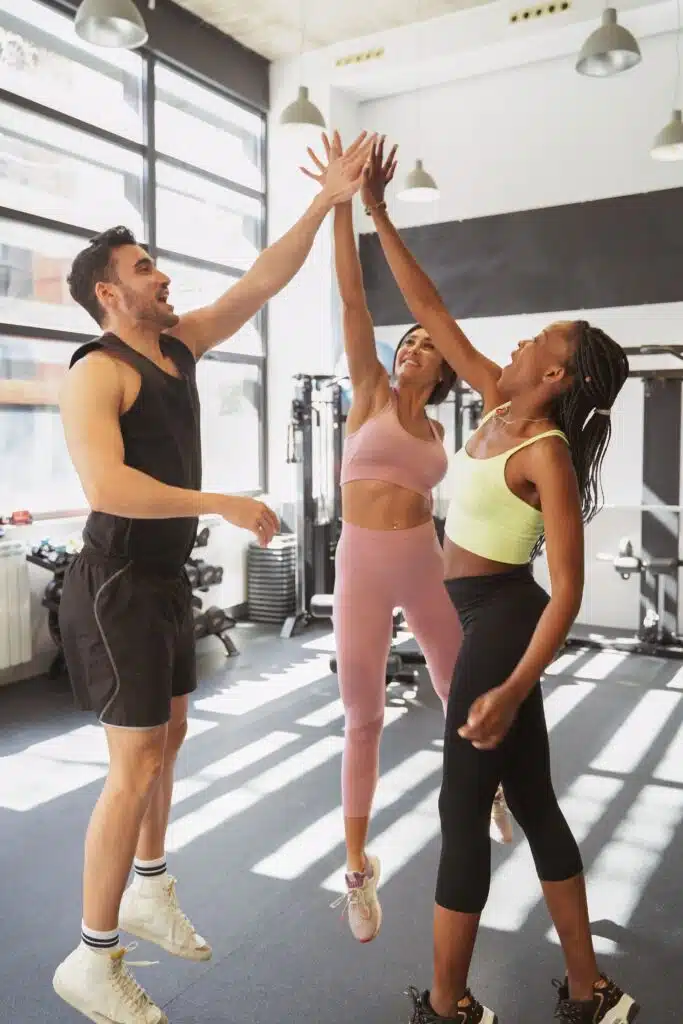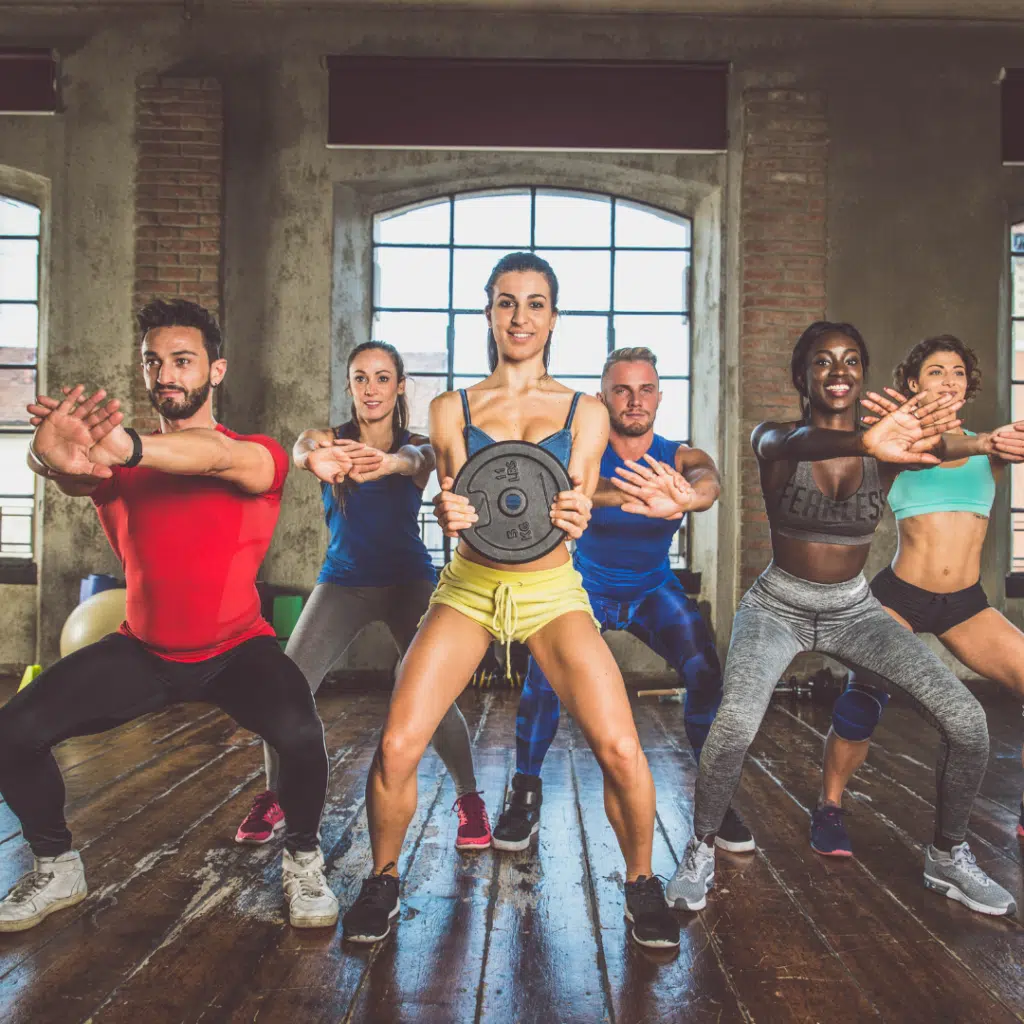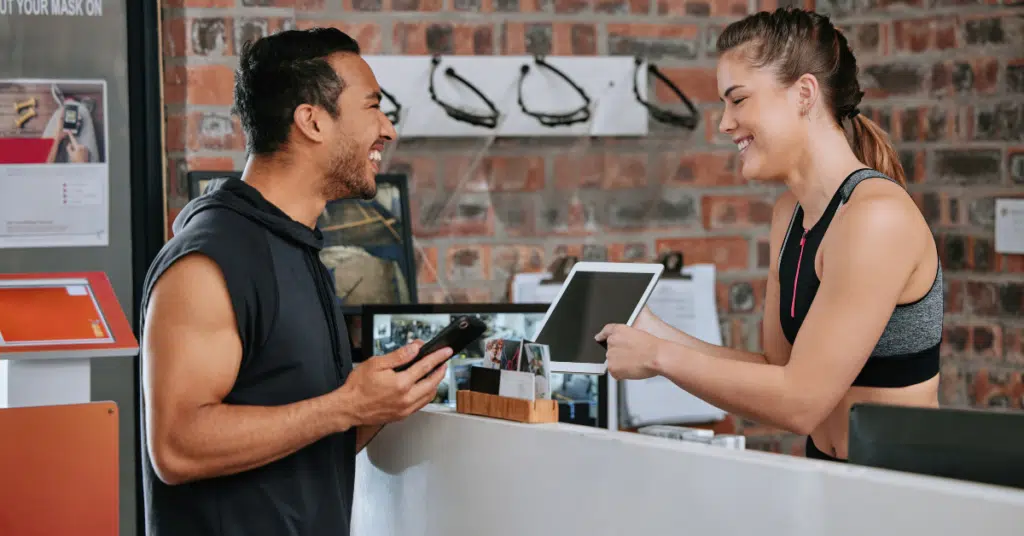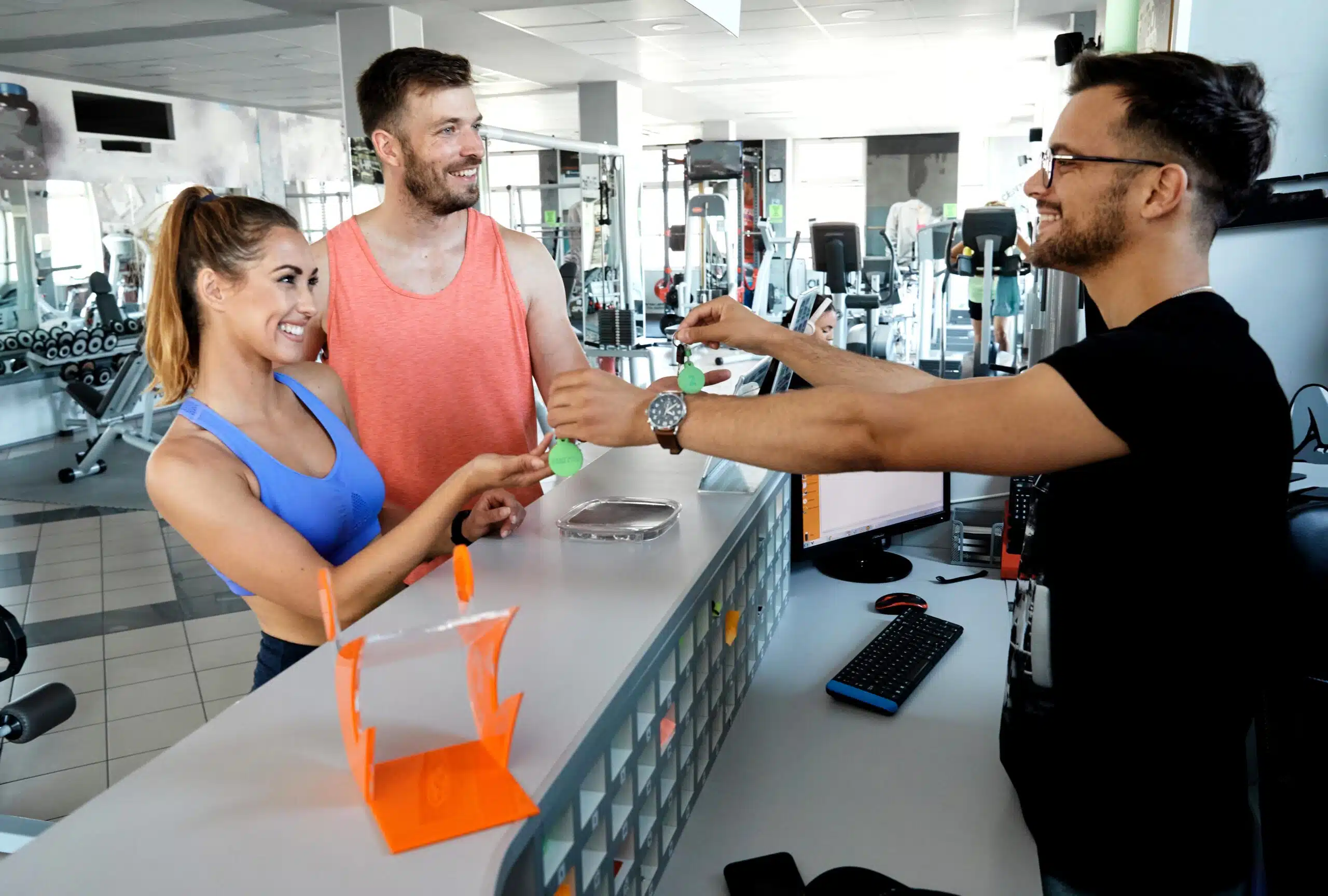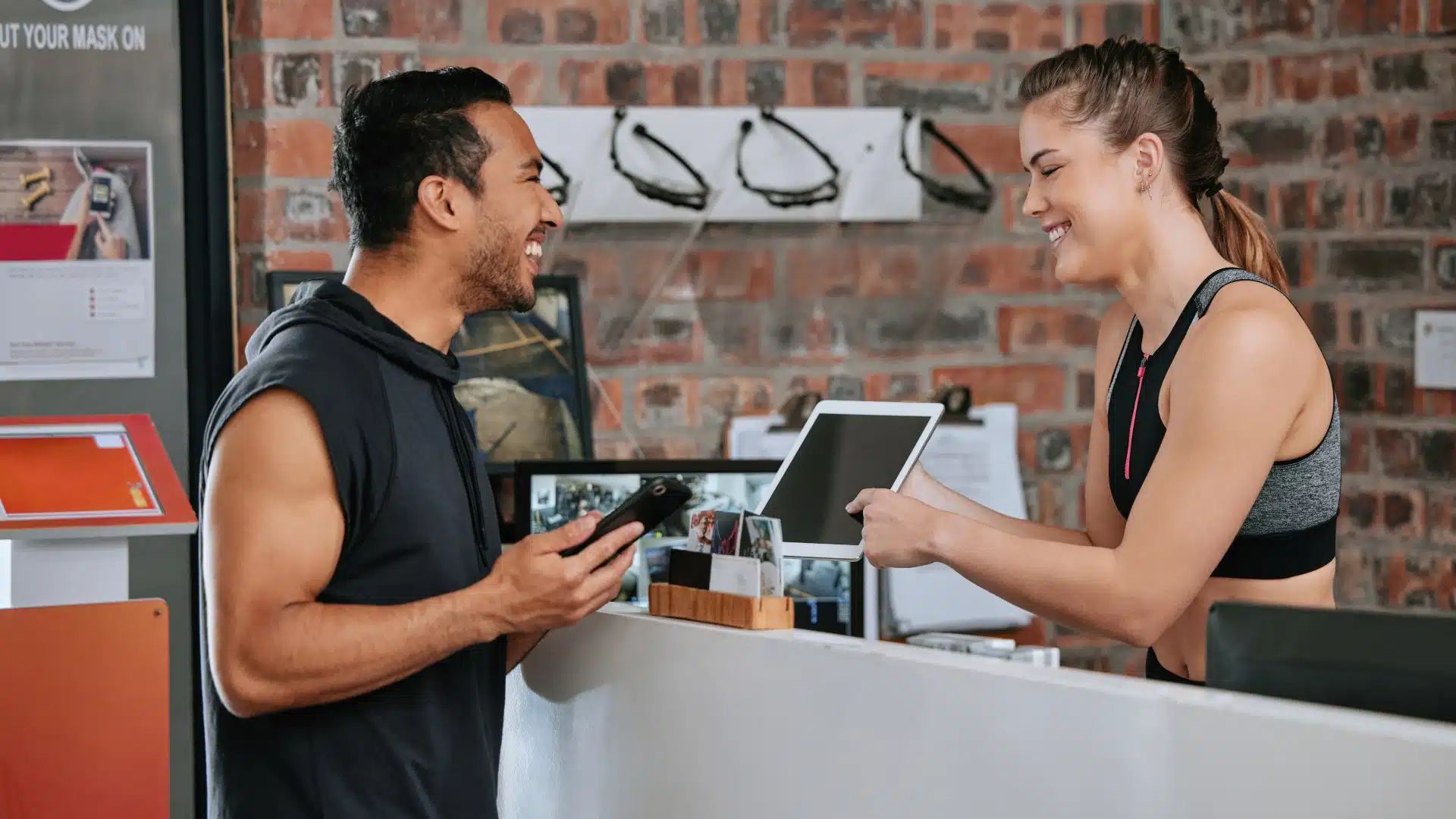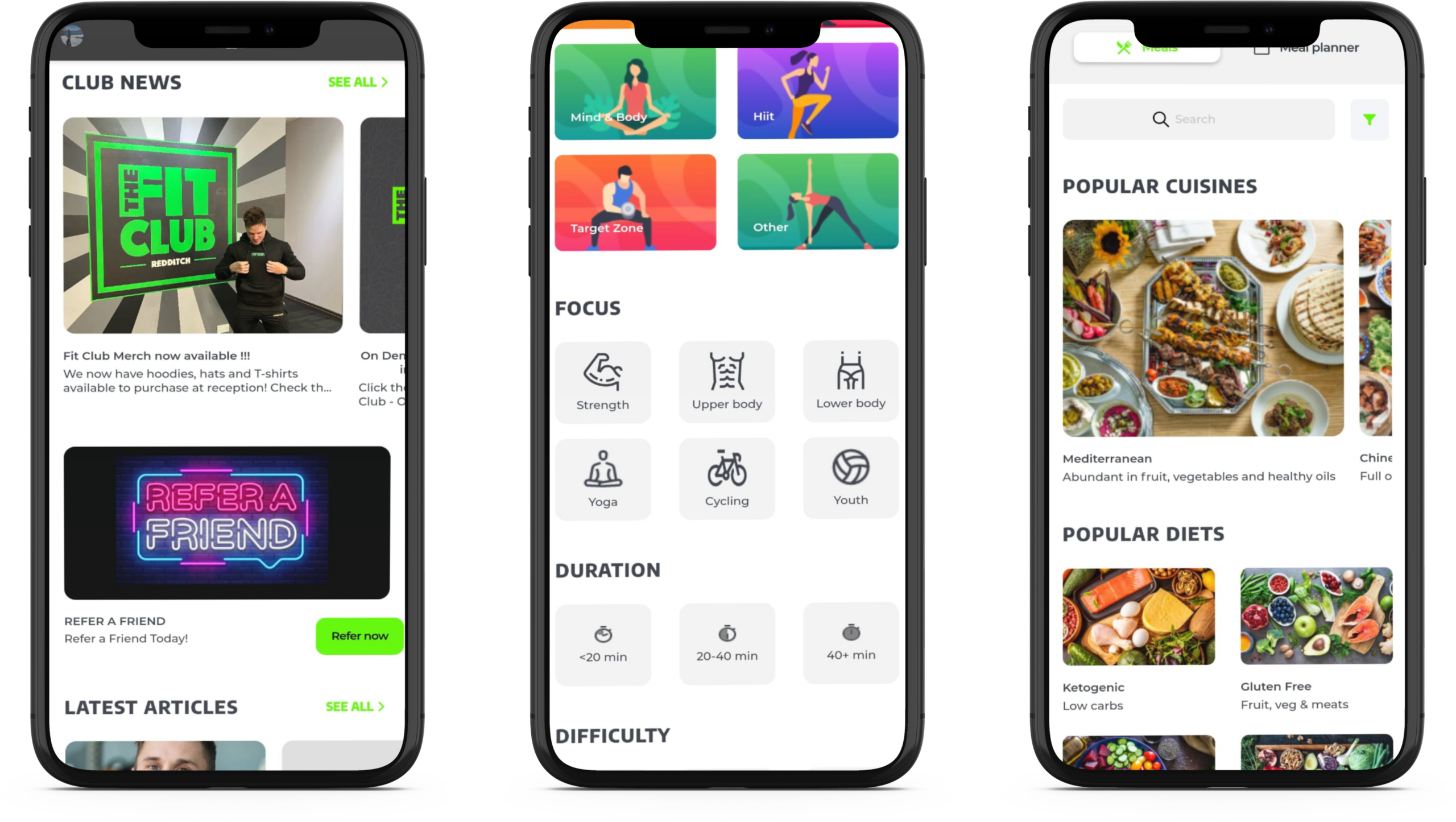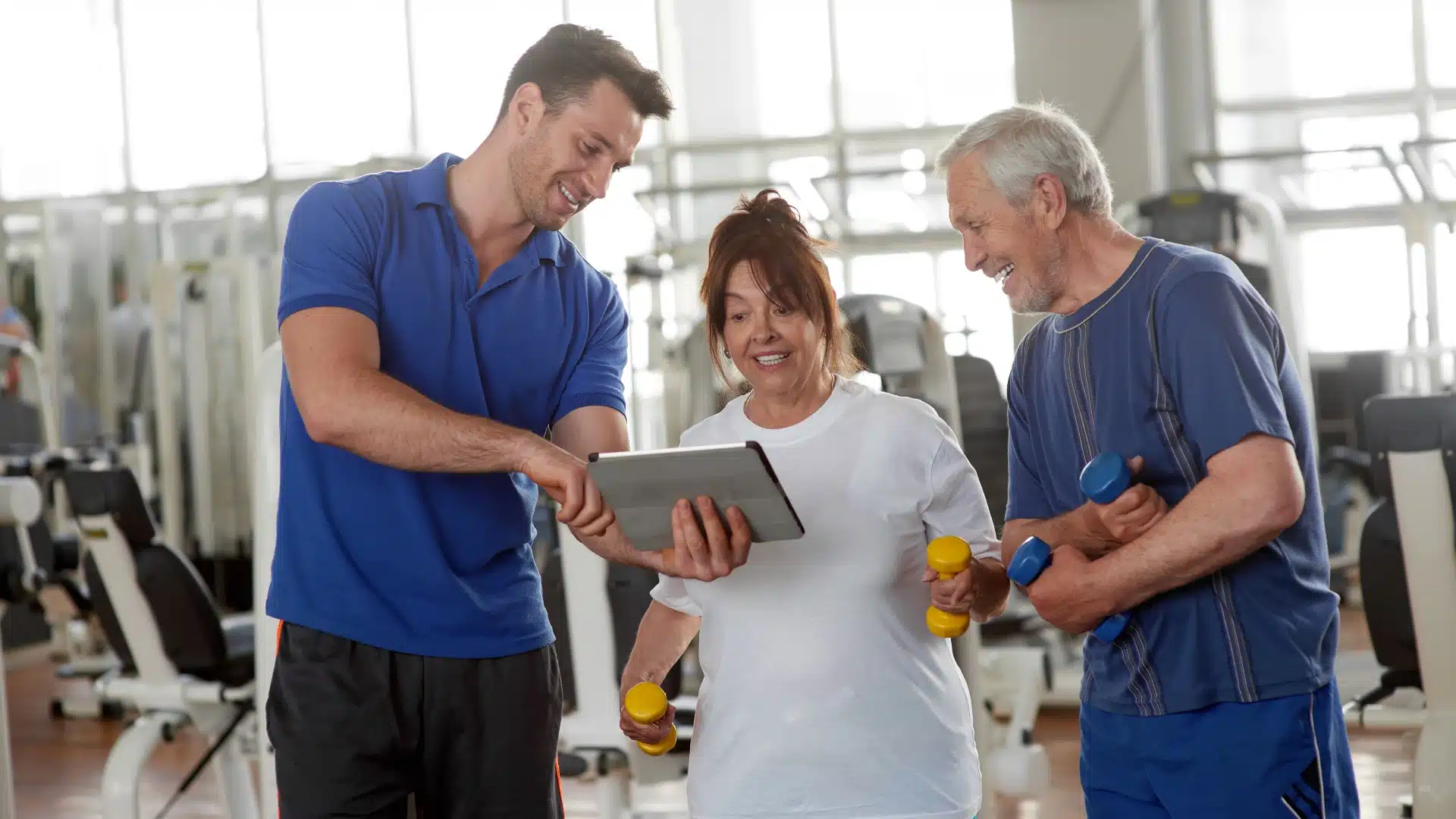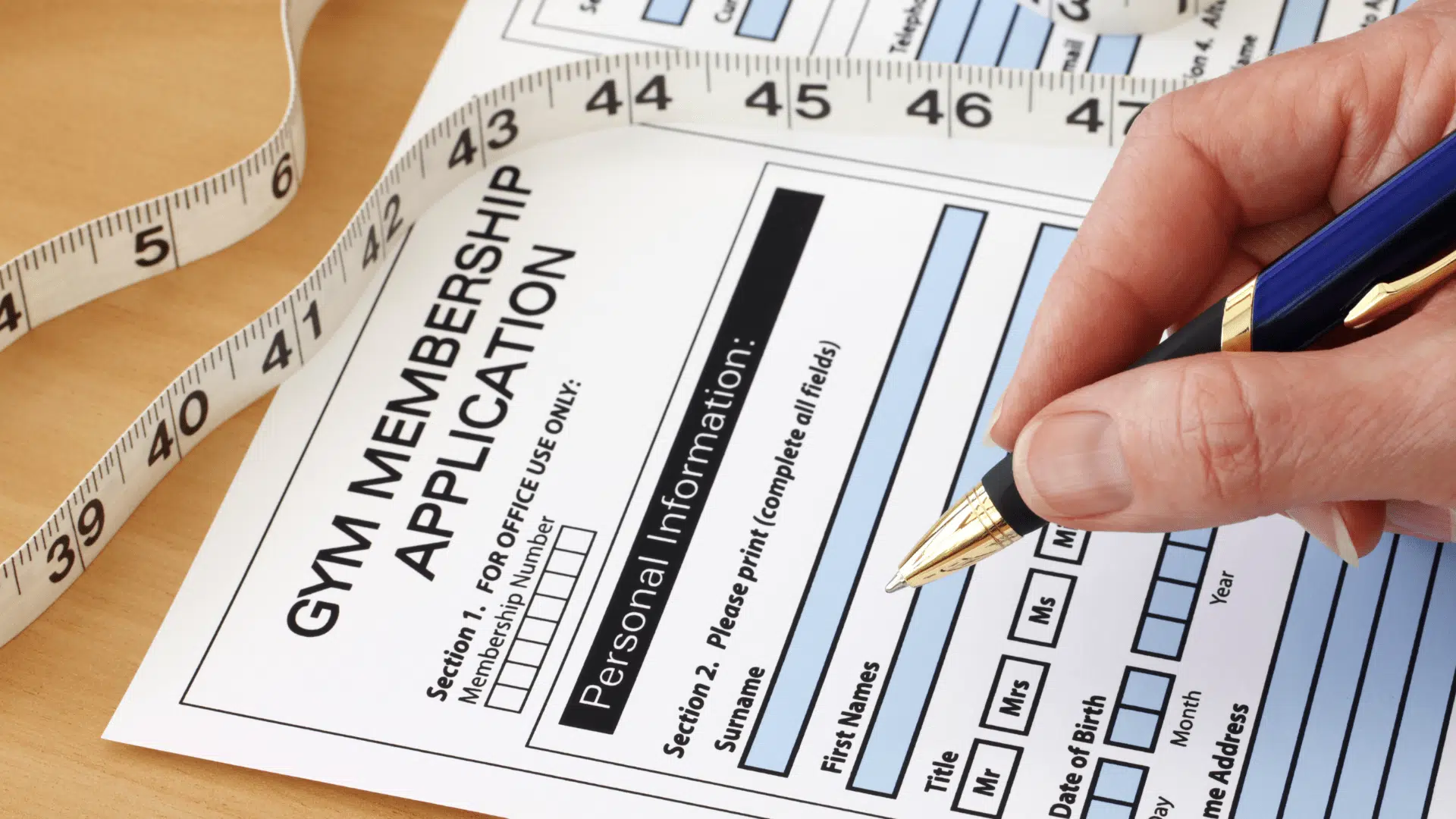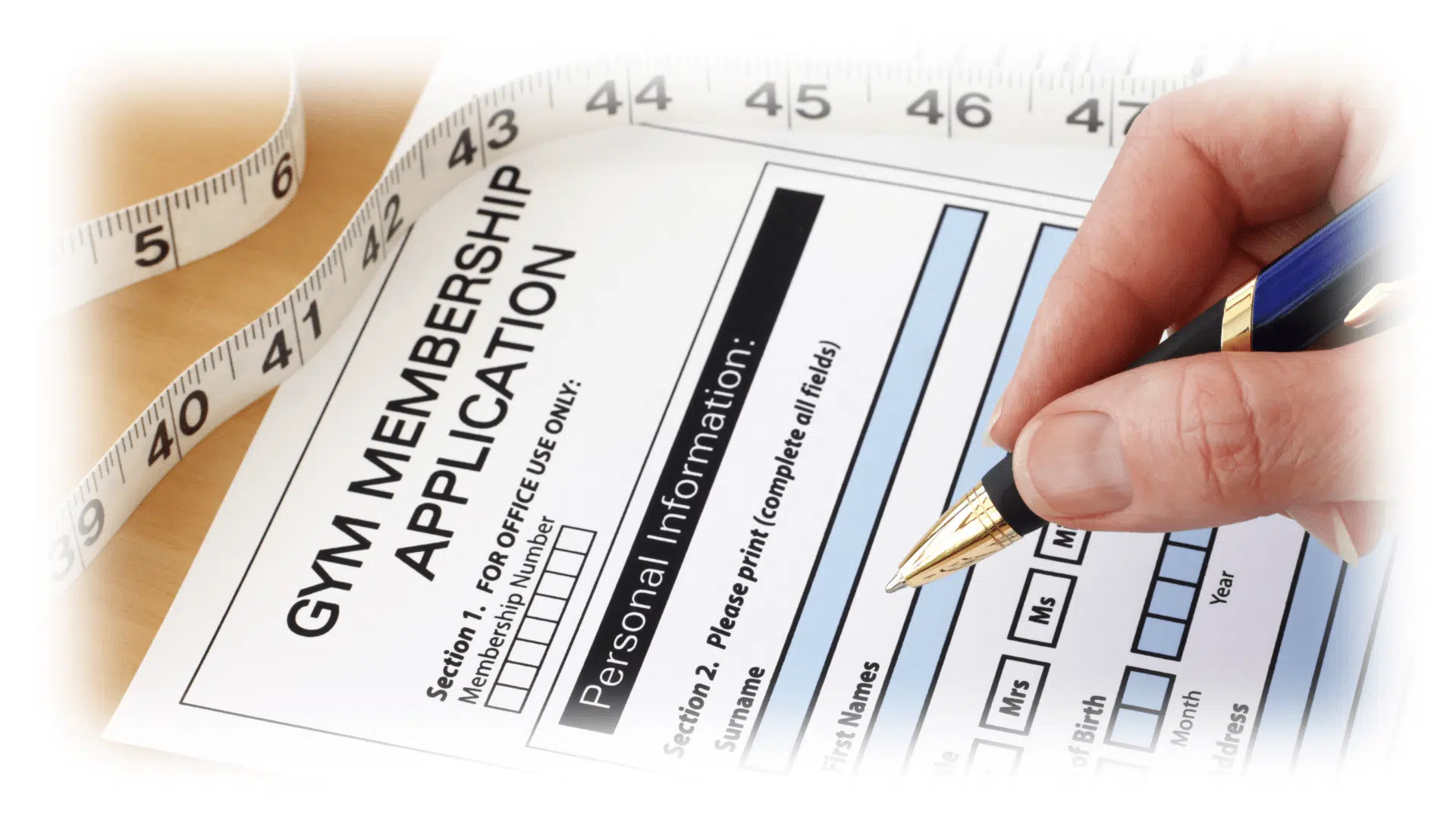
How To Attract And Include Younger/Junior Members In Your Club
In this week’s article, we will be exploring a subject that is in need of frequent revisitation, a complete discussion about how and why to attract younger people to be members of gyms and fitness clubs.
Now this might seem like a well-worn road, but that logic can be a pitfall. The young people of today are not the young people of ten years ago and certainly not of twenty years ago. Just as the demographics constantly shift, so too do the demands of those demographics. The last generation that didn’t have smartphones in school is now firmly over a decade graduated, an entire generation is near voting-age that was born after the release of the first iPhone.
When we say young people we no longer mean people who grew up with a GameBoy Colour, we mean children who grew up with iPads.
With Millenials and Gen-Z now constituting up to as much as 80% of the gym and fitness club going population, what do owners need to know about how to attract younger members to their gyms?
How do their expectations contrast compared to the generations that came before them? And while our focus is on youth, we are going to look at what owners can do to make their gyms safe and appealing to under-20s.
It is a trickier topic, relying on knowledge of how to treat young members at different age thresholds and what is expected of a gym, but one that can be broken down into its composite parts fairly easily. It is important to note (and we will reiterate this at the beginning of the section) that this article does not constitute legal advice. If a gym owner or gym management has any concerns around the physical safety of children (or anyone) within their gym environment, we recommend contacting a legal professional with the relevant expertise.
But with that being said, we are happy to recount what we have seen work for our independent gym partners over our twenty years of experience in the fitness industry. A new generation of gym-goers might have risen in that time, but our dedication to staying on the cutting edge of the fitness industry means we are just as ready to assist this generation as we were for the last.
What will we cover in this article?
(you can also click to skip ahead!)
Should independent gyms and fitness clubs use AI and AI-powered language learning models to assist with their digital marketing?
How can hiring or incentivising influencers to endorse a fitness business boost their digital marketing campaigns?
Why should gyms utilise mixed media and marketing via a variety of digital platforms to increase their demographic reach?
How can AI be unsuitable for producing high-quality content, despite its ability to produce content in vast quantities?
Why Aim For A Younger Demographic?
As with many inevitabilities in business, it is simply a numbers game at this point. Between the generations we know as the much-maligned Millenials and the relatively new Gen Z, we now have approximately 80% of the gym-going population.
That is a current statistic, in fact, almost an old statistic. Not a projected number in five years’ time. It was one of the most striking discoveries of the Les Mills Global Consumer Fitness Survey in 2019. Gen Z was not imminent, they were already here. A significant shift in the generational makeup of the fitness market had occurred without appropriate recognition. At the time it was the largest survey of its kind, questioning over 12,000 participants across over 20 countries.
Four years on, and as surely as none of us have gotten any younger, it is safe to say that this trend has only been compounded. The health of the industry and its techniques were formed by, and to cater to, the generations prior. The Baby Boomers and Generation X. And while it might not feel like much has changed, this steady shift is now undeniable. Though these generations will play a key part in the management and direction of the fitness industry, they no longer represent the majority of the consumer base.
Of course that doesn’t mean diverting all efforts towards attracting these generations. Our goal here is to address what marketing techniques work, as well as the services that are expected and desired from independent gyms by this burgeoning generation. A generation that is well on its way to being firmly entrenched in our fitness scene.
So now that we’ve covered the ‘why’ it is important for independent gyms and fitness clubs to appeal to Millennials and Generation Z, let’s address the ‘how’.

Digital Generation
Perhaps more than any two sets of generations in history, the cultural and practical divide between Generation Z and the elder generations is pronounced.
And really this is not surprising. As a society, we have experienced the most rapid technological acceleration in human history. It is understandable that when the gulf in technology is so massive between the adolescent period of two generations, an equal and appropriate gulf in attitudes will follow.
So where do the values and priorities of these new generations fall? The answer broadly falls into two categories, technological sophistication/competence and time efficiency.
Readily Available. Easy Searchable. Implicitly Tech Savvy
Surveys have consistently shown, perhaps with little surprise, that the on-demand generation wants things…Well, on-demand.
Despite being the generation to whom googling is second nature, they aren’t one for second chances. If a gym or fitness club’s website or app can’t be immediately found and accessed in a single search? They might not want to know.
These are generations that have grown up with the omnipresent, omnicompetent mega-corporations. They have a high standard for online presentation and sophistication. If a website looks like it was made before they were born, they’ll know. If an independent gym or fitness club doesn’t have an app, they’ll notice. Keenly.
Luckily many of the services they have come to expect are easy to provide.
Tech-enabled automation of turnstiles and workout equipment has never been more readily available. These can help an independent gym’s staff provide a more efficient service, as well as enable them to focus on that personalised, social service that Gen Z have come to expect and value.
When supported by an App that allows them to easily navigate and access the services of an independent gym, the key needs of the average ‘Generation Digital’ denizen are being met.
Class schedules, temporary facilities closures, events, news and sales. It is no longer enough for all of this to be stored on a website, it must be readily available on mobile phones in order to meet our criteria of ‘readily available’.
This preference extends further into the social sphere and even the home workout sphere (Which we will get to next). This feeds into the narrative that Gen Z and Millenials are looking for an independent gym to be an enhancement to their lifestyle, not just an area they visit. Integrated virtual solutions enable a gym to project its influence on its members’ lives beyond the walls of the facility and into many more aspects of their lives, from virtually guided workouts to diet and sleep.
The numbers don’t lie, it is estimated that over 60% of our target generation engages in some form of Virtual Fitness. And that is to say, nothing of the now pushed over 80% of polled gym members that aid their gym workouts with home workouts.
More than ever, it is vital for a gym’s services to extend beyond the four walls of a building and the key methods for achieving this lie in the palm of their, and our, hands.
Home Workouts, Lifestyle And More
Speaking of home workouts, we thought given the aforementioned statistics that over four in five gym members complimenting their workout routine with home sessions was worthy of further attention.
Traditionally Home Workouts were seen as something of a threat to the gym, competing for the same schedule and same space. This attitude has shifted dramatically and it is safe to say that most gym members are not attempting to substitute what they can achieve in a gym with what they can achieve outside of a gym.
This is fantastic news for the fitness industry. As we implied above, advances in everyday software and hardware, allow gyms and fitness clubs to influence, guide and act as a source of expertise in ways previously unimaginable.
Whether it is providing virtual classes at scheduled times, instructional videos or dietary information, gyms can now provide a repository of information for their members to access at any time, in any place.
These are the sorts of services that independent gyms and fitness clubs want to be focusing on if they wish to make themselves truly indispensable to Generation Digital. Gen Z and Millenials have been raised on the subscription model. In many ways, it has primed them perfectly for the structure of most gym membership payment systems.
What is required is for more independent gyms to recognise that the expectations have expanded, now encompassing more than just the workout equipment and dedicated spaces they’ve provided. Now the onus is on providing a digital space to match the physical.
Digital guidance solutions have been proven to enhance the effectiveness of home workouts dramatically and virtual classes have been shown to lower attrition. Any independent gym or fitness club leaving these options on the table needs to seriously ask why!

Go Hard Or Go Home? The Generation That Does Both!
Famously decried as the ‘Lazy Generation’ in the 2000s, a decade later it would appear they are anything but! The aforementioned study determined that over 80% of regular exercisers polled are now working out at least three times a week, a dramatic rise spurred on by the two younger generations.
Gen Z is leading this charge, with 87% of the polled members of the demographic exercising three or more times per week (including non-gym or fitness club workouts). Millennials rank only slightly behind them (Which can perhaps be attributed to employment and an increasing number becoming parents).
All of this points to a pair of generations that are deeply fond of fitness. Gen Z is famously the generation now smoking the least and drinking the least. Their ‘sesh’ of choice isn’t a drinking session, but a workout session.
The implications of this development are profound on many levels, socially, societally, and economically. What it can tell us in the fitness industry is that this generation will be active, motivated and above all else, discerning.
These are generations that have grown up with warnings about obesity, smoking-induced lung cancer and alcoholism. More than any generation before them, they are keenly informed on the benefits of exercise and the detriments of unhealthy living.
As such, they will be drawn to any independent gym or fitness club that can channel, promote and embody these healthy lifestyle virtues while providing a social environment. If this can be achieved by a gym, then it will near-inevitably become a place where the younger generation can gather multiple times a week to thrive.
A Social Generation
Speaking of home workouts, we thought given the aforementioned statistics that over four in five gym members complimenting their workout routine with home sessions was worthy of further attention.
Traditionally Home Workouts were seen as something of a threat to the gym, competing for the same schedule and same space. This attitude has shifted dramatically and it is safe to say that most gym members are not attempting to substitute what they can achieve in a gym with what they can achieve outside of a gym.
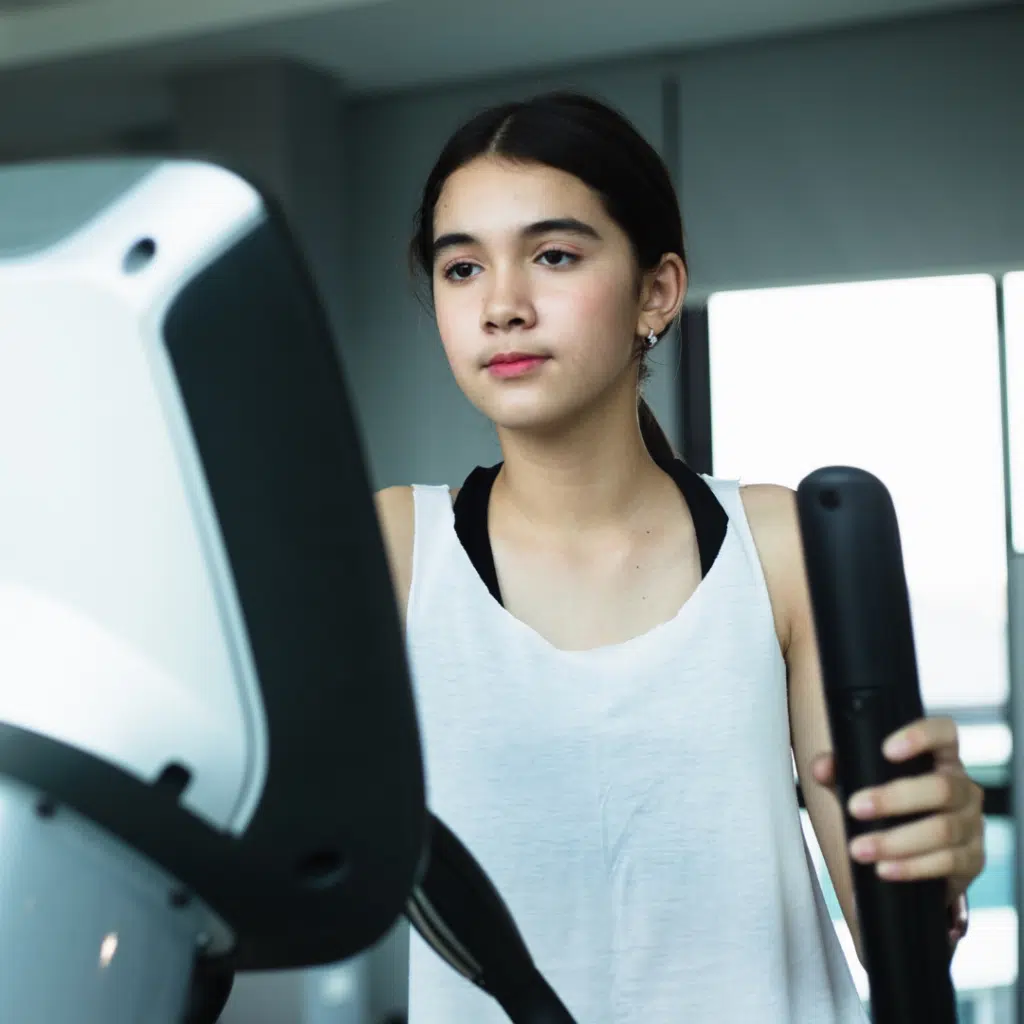
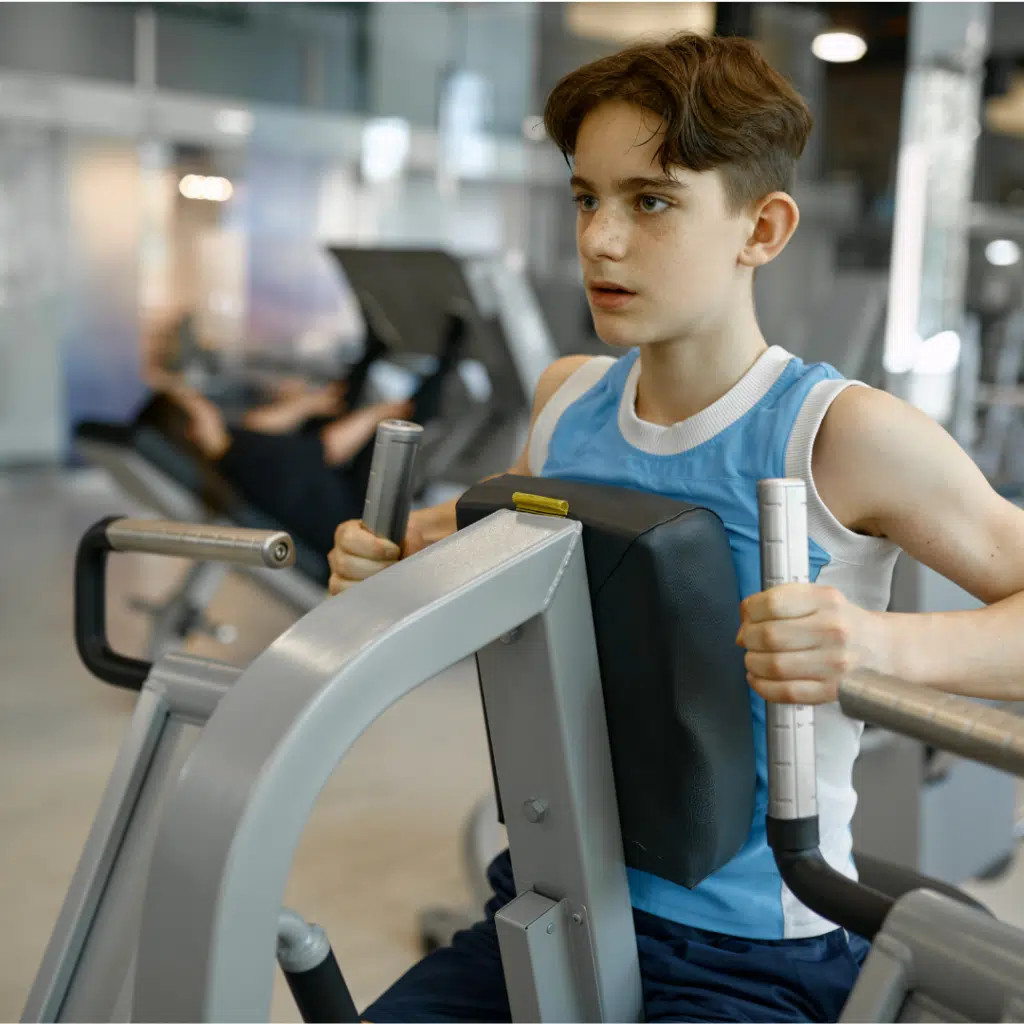
This is fantastic news for the fitness industry. As we implied above, advances in everyday software and hardware, allow gyms and fitness clubs to influence, guide and act as a source of expertise in ways previously unimaginable.
Whether it is providing virtual classes at scheduled times, instructional videos or dietary information, gyms can now provide a repository of information for their members to access at any time, in any place.
These are the sorts of services that independent gyms and fitness clubs want to be focusing on if they wish to make themselves truly indispensable to Generation Digital. Gen Z and Millenials have been raised on the subscription model. In many ways, it has primed them perfectly for the structure of most gym membership payment systems.
What is required is for more independent gyms to recognise that the expectations have expanded, now encompassing more than just the workout equipment and dedicated spaces they’ve provided. Now the onus is on providing a digital space to match the physical.
Digital guidance solutions have been proven to enhance the effectiveness of home workouts dramatically and virtual classes have been shown to lower attrition. Any independent gym or fitness club leaving these options on the table needs to seriously ask why!
Content With Content
When Bill Gates famously wrote ‘Content Is King’ in 1996, people believed him. But few were able to grasp just how salient and prophetic his words would be. 27 years later, the phenomena he described has shaped our society, and economy and must necessarily shape how we approach the generations who have been raised in this system.
In fact, it has reached the point where even the word ‘Content’ feels like a bit of a strange term. Technology has prompted a rapid evolution of how we consume information and the word content has shifted with it.
Suddenly it seems like everything is content and the concept of an independent gym or fitness club producing ‘content’ has seemed alien to some owners.
But independent gyms and fitness clubs are in a good position to sate the ‘content’ demands of this new generation. This is a generation that overwhelmingly consumes non-traditional, non-analogue media. Sitting down to watch live television is something they only do with their parents. What they want is specific content made from sources that they trust on topics that interest them.
And as we established their keen interest in fitness, independent gyms are in a prime position to be one of those trusted content sources.
It is speculated that nearly 90% of those engaging in app-based workout content belong to Gen-Z and Millenials. This trend shows no sign of abating either, with an ever-more dominant portion of the market seeking out these trends. The digital revolution is only going to be compounded as more generations move into the consumer market.
As we touched upon earlier, it will be the gyms that can bring value to these younger generations when they are outside the gym as well as inside that will ultimately have a higher retention rate and secondary spend engagement.
Whether it is initiating a partnership with creators who specialise in this sort of content or engaging staff members to create it in-house, the benefits in membership retention and engagement will be evident!
And not only that, this content doesn’t merely need to be used to preach to the converted. Content can also help independent gyms and fitness clubs in reaching non-members.
As we covered earlier, having a sophisticated online presence can help project the influence of a gym significantly. If the resources created are good enough to be shared by members or even social media feeds, new members will be exposed to the gym and its brand in a way that previously would not have been possible.

Personalities Go A Long Way
To a generation that has everything at its fingertips, music, film, art. There is an authenticity and meaning issue that they are constantly trying to address. It is why, as we covered earlier, they crave experiences so much. It is why we have seen the explosion of retrograde technology such as vinyl. It is the inconvenience, the exclusivity, the hardship in obtaining something that makes it feel real.
While such a distinction might have the analogue generations scratching their heads, this is something all too pertinent to the younger generations.
But away from the media, where does authenticity come from? What can’t be downloaded or replicated (at least yet)…Other people.
In this case, we are talking about staff, personal trainers and instructors.
In the era of ‘following’, a personal trainer or instructor that the younger generation can latch onto can make all the difference.
It is becoming ever-clearer that the quality and personality of the instructors are the key factors for Gen Z as to whether they keep or ditch a class. The business-like, stoic approach to classes has fallen by the way.
By employing magnetic, energising people to lead classes, independent gyms and fitness clubs will be poised to drastically increase retention amongst younger members!

Specialised Price Brackets And Membership Tiers
While we have spent this length of this article so far going into the virtues (and intricacies) of this generation, there is one important thing to keep in mind that is not quite so pleasant.
Via several pertinent metrics, Millennials and Generation Z are the poorest generations in recorded history. Now we know it sounds strange, we’ve just talked about how they have a life centred around technology. But don’t be fooled, behind that technological facade are two generations that own a lower portion of societal wealth than ever before.
While they don’t completely lack purchasing power, they are very prudent about how it is spent. More than the generations that precede them, they are willing to wait for a bargain and do without until then.
While this could initially be seen as a frustration and a detriment, as with much of what we have covered, it merely requires a change of tact and approach.
This is a generation that responds infinitely better to things such as flash sales, discount codes and concessions.
The Marketing Generation?
Perhaps it is fitting that the first generations born after the fall of the Soviet Union have embraced technologies ideal for marketing businesses. As we are probably all too keenly aware, the era of quietly going to a place and quietly leaving it is over. The phrase ‘being seen’ no longer purely applies to the physical world.
But a place has to LOOK great before it can earn the honour of being woven into the digital tapestry of someone’s life. This is why now more than ever it is important that independent gyms and fitness clubs look the part. Fitness facilities have to look like somewhere that they would be proud to call a backdrop.
Every post, every photo, every video. It is a statement and a story. If a gym or fitness club isn’t somewhere that Millennials or Gen Z are keen to be seen, it will mean comparatively little exposure.
And worse than that, it means that they might just start searching for another gym that can meet those ‘aesthetic’ needs.
As such, it is clear that the look, feel and, to use the parlance of our time, ‘vibe’ of a gym or fitness club is an all important retention factor and a key part of the mental maths of whether they stay or go!
When the dichotomy is reduced to either ‘increase your marketing footprint at no additional cost’ or ‘give your members another reason to go looking elsewhere’…Well, the choice really makes itself!
The Next Generation: How To Attract Junior Members
So, what is the logical continuation of this article exploring how to appeal to and include younger members? The answer is simple, we need to look beyond Generation Digital, to the younger potential members, those still forging their generational consciousness.
For the purposes of this discussion, we will use the term ‘junior members’ to mean someone below the age of 18, and sometimes even below the age of 16. While some independent gyms and fitness clubs don’t focus on these areas at all, we don’t believe this potentially lucrative and rewarding demographic can be entirely overlooked.
The reasons that appealing to the under-16s/17s/18s (we’ve found different gyms have different cut-offs on age for valid reasons) is often neglected is understandable. These age groups are often more prone to error and injury and may require parental or adult supervision. It is a simple and understandable reaction. ‘Why appeal/allow in junior members when they have to be treated in a separate categorisation compared to ‘adult’ members’.
Well, the simple and understandable response is because it is money left on the table that needn’t be. In areas that have a large secondary school or a large teenage population, that amount of money can become significant enough to warrant further investigation.
That is what we plan to do in the latter part of this article, a quick overview of the easy ways to appeal to potential junior members without compromising the core membership base of any independent gym or fitness club.

Reaching Out to Schools And Colleges In The Area And Community
This first part might be the key consideration when independent gyms and fitness clubs are considering whether there is profit to be made in appealing to junior members.
If there is a lack of local schools and colleges then it may not be worth the time and effort. Invariably certain areas will not contain enough of the correct demographic to make pursuing this avenue worthwhile.
With that being said, generally, where there are people, there are schools and colleges. And these will be where the potential junior members of the area will gather.
Much like our articles on contacting the council as a nexus/focal point of community life in a local area, schools can act as a similar focal point to access otherwise hard-to-reach demographics. Not only is this a cost-effective way to reach a broader audience, but it is also a great way to establish an independent gym or fitness club as somewhere that is interested in engaging, improving and assisting the local area.
In turn, in our experience, we’ve found that schools and colleges are often very willing to partner, cooperate and collaborate with gyms, especially local and independent. This is because schools are often under pressure to demonstrate how they are helping to combat both the obesity crisis and the increasingly sedentary nature of their students.
But once an independent gym or fitness club has reached out and established a relationship with an independent gym, the benefits can spread to both quickly!
After-School Programmes
One of the benefits of a partnership with a local school that can be initiated at comparatively low costs is after-school programmes. These are simple to arrange and easy to govern. They always happen around the same time (unsurprisingly, after school).
This is perfect because the majority of clock-out times (1500 to 1530) for schools come at an off-peak time for many independent gyms and fitness clubs. And ideally, by the time the junior members are done working out, it will be in time for the 1700, after work rush!
Of course, these after-school programmes are normally done at a reduced rate or at the very least, a bespoke rate. But the combination of good publicity and additional funding makes it an easy win for independent gyms and fitness clubs trying to bolster their numbers during the day.
Furthermore, we’ve seen several phenomena occur off the back of programmes such as this that lead to an overall increase in adult members. Whether it is an increased take-up of parents attending the same gym or junior members eventually transitioning into adult members once they are of age, after-school programmes can be a great way to make sure more people are entering through the doors of a gym or fitness club.
Discounts for After-School Hours
While this focuses on the same time period, between 1530 and 1700, the system proposed here does not need to go through the schools. Instead, it is an appeal directly to the junior members and utilising the after-school/college time period.
We have seen independent gyms successfully drumming up additional footfall between 1530 and 1700 by offering discounted membership to teens and/or those in education who come to the gym before 5pm. Once again this is designed to address a frequent off-peak time in a gym’s schedule and once again can be used to generate positive word of mouth.
Hosting Teen and Junior Member-Focused Events
We all know the archetype of the bored teenager. Often in the places where people choose to raise teenagers, there are not enough activities to keep them interested or occupied.
Running events aimed at this demographic (in an area where teenagers are a prevalent enough demographic), can help dramatically increase the uptake of new junior members, as well as potentially filling up a gym on an otherwise less-than-busy night.
These events needn’t be anything flashy, but it is best to consult with personal trainers and class leaders to make sure that it is genuinely engaging and productive for the teenagers to get involved with. It may also be worth understanding who within a gym’s given staff has run events like this before if anyone. This is because running an event for teenagers can be quite a different experience compared to running one for adults!
Hosting Youth, School Or College Sports Team and Clubs
The ability for an independent gym to be able to engage in this one will be based on the facilities to hand. Not every gym will be able to host activities relevant to every club.
But with that being said, not every event that a sports team or club holds needs to be directly connected to their main sporting activity. So while it is easy to see how most gyms or fitness clubs could be of service to say, a school or college Running sports team, it may be less apparent how they can aid a Football team. The answer is fairly simple however, general fitness is important and no team purely uses their activity of choice to improve their strength, stamina or endurance.
Even the most rudimentary independent gym or fitness club has something to offer these teams, using free weights, treadmills and class spaces to bolster fitness, focus on teamwork and team cohesion or focus on areas that the teams or individuals wish to improve.
Gyms and Fitness clubs should not be reluctant to use their facilities to offer sport-focused or specific classes and lessons to competitive teams and leagues in the area. The positive publicity and energy that these young athletes can bring to a gym environment is priceless and contagious.
Sport-specific Classes And Fitness Regimes
Some teens want more physical activity than their school or college can reasonably provide, especially if they want to go into sports after their academic studies are done. If an independent gym or fitness club finds itself within close proximity to one or multiple schools and/or colleges, it may be able to attract a significant number of students by advertising focused on this benefit.
Independent gyms and fitness clubs might be able to offer programmes of physical conditioning that school facilities often cannot match or that might better fit the needs of the children in question. By focusing on programmes that increase stamina, strength and speed it is likely a gym can attract young people eager to raise their performance in their sport of choice.
Teen-specific App Support
Much as we focused on app-appeal for Generation Z, potential junior members are equally as likely to find this sort of service appealing, especially if there are sections aimed at them. Nutrition and routine can vary for children, so a specialist area of the app might be necessary to ensure the correct advice is given, but equally, it will be all the more appreciated by teens who are eager to learn more about the world of working out, diet and nutrition.
Conclusion
So there we have it! Now we have covered how an independent gym or fitness club can appeal to everyone from 16 to those now pushing 30. Though these generations have largely gone silent in a business sense for the last decade, it is apparent (and indeed, inevitable) that they will continue to occupy a greater share of the economic share of the fitness industry until they themselves become the elder generation.
More than many industries and sectors, fitness requires a keen sense of the now. Fitness has always appealed to the young and while that in and of itself is changing (another article for another time!) It is vital that we do not treat this generation as the generations that came before it.
These are the first of the digital generations, and perhaps as importantly, they will not be the last. Though no-one knows, most likely the reality we are adjusting to now…One of instant communication, scheduling and further technological integration. That is the environment that the fitness industry will be operating in for many generations to come. If the last twenty years are any indication, not only will this process not slow down, it shall accelerate.
While there may never be such a gap as that that has come between ‘the Analogue Generations’ and ‘The Digital Generations’, it is apparent that this gap must be bridged in order to make sure the fitness industry keeps apace with what has always been our main demographics, the young, the enthused and the energetic.
More to Read...
Get your club in shape.
Want to discover how? Let us show you.
the goals you want to achieve, and how our system can help you.
Get your club in shape.
Want to discover how? Let us show you.
Simply select your preferred timeslot and we’ll be in touch to have a chat about your health club, the goals you want to achieve, and how our system can help you.
Get your club in shape.
Want to discover how? Let us show you.
Simply select your preferred timeslot and we’ll be in touch to have a chat about your health club, the goals you want to achieve, and how our system can help you.


